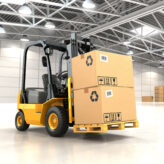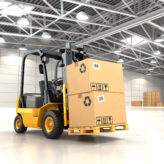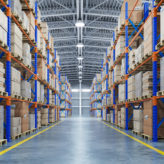Collisions between forklifts often occur in intersections, tight corners, narrow aisles and blind spots. Even during ordinary forklift operations, collisions and accidents still occur because of negligence and lack of safety tools in the workplace. That’s why in this short article,.







